Bike Tire Sizes: A Comprehensive Guide
Bike Tire Sizes: A Comprehensive Guide
Understanding bike tire sizes can be confusing for cyclists, whether you're new to riding or a pro. But it's crucial since tires are what connect your bike to the ground, affecting how it performs and how comfortable your ride is. This guide breaks down tire sizes to help you choose the right ones for your bike and how you like to ride.
Bike tire size chart
| Tire Size | Width | Type |
|---|---|---|
| 29”(ISO 622) | 2.2”-3” | Mountain |
| 700C(ISO 622) | 23mm-45mm | Road/gravel |
| 27.5”(ISO 584) | 2.1”-3” | Mountain |
| 650b(ISO 584) | 2.2”-3”23mm-47mm | Gravel/touring |
| 26”(ISO 559) | 1.6”-3” | Mountain |
What is ISO?

The ISO number is the most reliable way to describe a tire's size. It tells you the diameter of the tire where it connects to the wheel, measured in millimeters. The International Standards Organization created this system to make tire sizes consistent across different brands.
Standard bike tire sizes explained
Most grown-up mountain bikes use either 27.5-inch or 29-inch tires. And for standard road and gravel bikes, the common tire sizes are 700C and 650B.
Remember, the size of your bike tire depends on the wheel it fits. So, when you're picking out tires, think about things like width, tread, and how they're made to get the ride you want. We'll talk more about that later.
- 700C bike tires
700C Bike Tires are super popular in road cycling. They're all about speed and getting the job done efficiently. But they're not just for road bikes. Commuter and gravel bikes often use them too. For going fast on smooth roads, go for narrow tires with smooth treads. They're the kings of speed. But if you're hitting rougher terrain, wider tires with more grip will give you better control and stability.
- 650B bike tires
650B tires are getting really popular for mountain bikes and gravel bikes. They're kind of mix between 26-inch tires and 29-inch tires, giving you the best of both worlds. They're great for different terrain, like gravel and adventure riding. They're basically the same size as 27.5 inch mountain bike tires, but they're designed more for all-terrain riding instead of just trails. That's why they have a different name.
- 29 inch bike tires
The 29-inch mountain bike tire/wheel size is the biggest you can get. It's great for cruising over obstacles and keeping your speed up on bumpy trails. You'll go faster and roll over stuff easier with these. But if you're on the shorter side, handling might be a bit tough. Still, lots of mountain bikers dig this size.
- 27.5 inch bike tires
27.5-inch tires are popular for mountain bikes. They're known for being agile, which means they're great for riders who prioritize maneuverability over maximum speed compared to the larger 29-inch tires.
- 26 inch bike tires
The 26-inch tires used to be really common on adult mountain bikes, but nowadays they're not as popular in newer bike designs. However, you can still find them on some older models and specialized bikes. These tires are known for being quick to speed up and easy to maneuver, but they might not roll over obstacles as smoothly as bigger tires do.
Bicycle tires by type
- Road bike tires

Designed for smooth, paved surfaces, road bike tires are typically narrow and feature minimal tread for reduced rolling resistance. All modern road bike tires are sized as 700C and typically vary in width from 23mm to 32mm. They prioritize speed and efficiency, making them ideal for road racing and recreational riding.
- Gravel bike tires
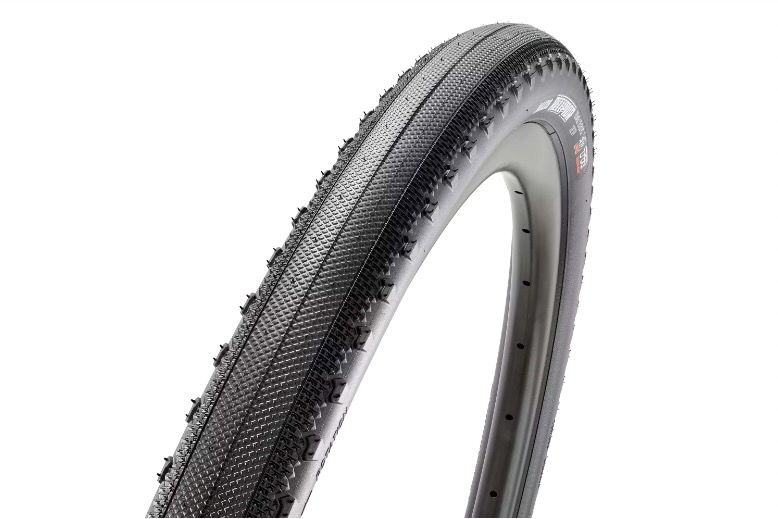
When picking gravel bike tires, the tread pattern and tire width matter a lot. They're wider than road bike tires for stability and comfort on bumpy terrain, but narrower than mountain bike tires for efficient pedaling. Most gravel bikes have 700C wheels, but some can switch to 650b wheels. 650b wheels are a bit smaller, letting you use even wider tires for better grip and comfort on rough roads.
- Mountain bike tires

Mountain bike tires come in different sizes and patterns for various terrains. They range from 1.6 inch to 3 inch wide and have different tread designs for dirt, rocks, and roots. The wider the tire, the better it handles tough terrain. For lighter trails, go for 1.6 inch to 2.2 inch widths, while rougher trails need tires 2.3 inch or wider for grip and shock absorption.
How do I know my bike tire size?
Finding out your bike tire size is pretty simple. Just check the sidewall of the tire for the size, usually shown as diameter and width in millimeters or inches. You can find these measurements printed or embossed on the tire (though embossed ones might be harder to see). Or, if you prefer, you can look it up in your bike's manual or ask the manufacturer for help.
Does bike tire width matter?
Tires are super important for bikes because they're the only things touching the ground. How wide they are affects how well you grip and how fast you go.
Wide tires are great for mountain biking because they have more rubber on the ground, which means better grip. They're perfect for rough terrain like dirt, snow, and mud.
But for road bikes, narrower tires are better. They don't need as much grip because roads are usually smooth and even. So, wide tires would just make the bike heavier without giving any real benefit.
Does bike tire tread matter?
Mountain bike tires typically have a heavy tread pattern. Their knobby texture is composed of protruding bits of rubber alongside inset grooves that create more surface area to interlock with the trail and create grip.
Road bike tires don't have much tread because they don't need it. The rough surface of the road gives them enough grip. Adding tread would just make the bike slower because of extra friction. Even when it's wet, road bike tires are too skinny to hydroplane, so extra tread wouldn't help much.
Beyond tire, consider upgrading your cycling experience with a GPS bike computer and a heart rate monitor. These gadgets offer precise data on speed, distance, and your cardiovascular performance, helping you train smarter and enhance your riding efficiency. By tracking your exertion levels, you can tailor your workouts to improve endurance or speed, achieving your cycling goals with greater precision and safety.





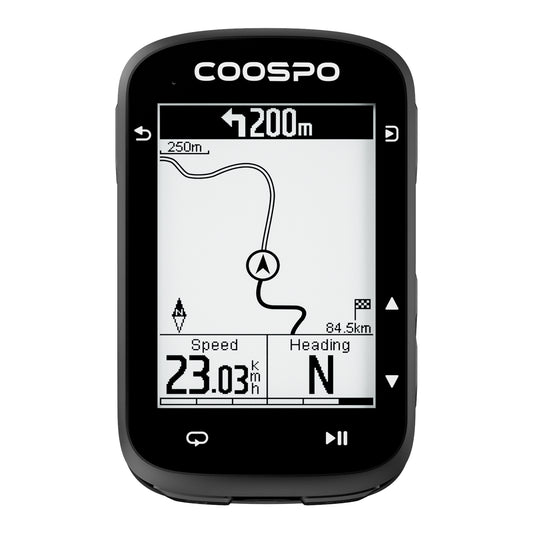
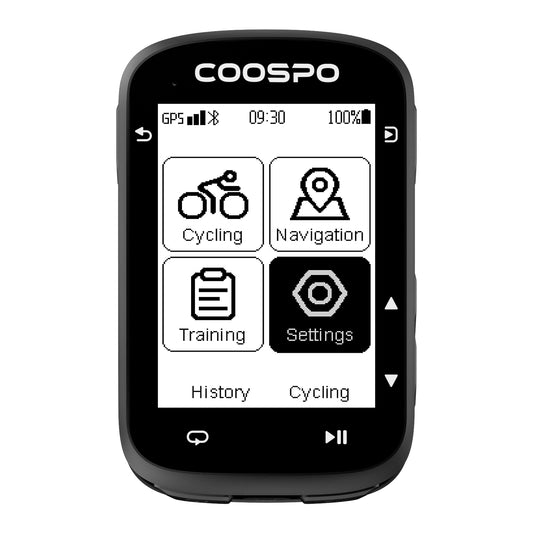
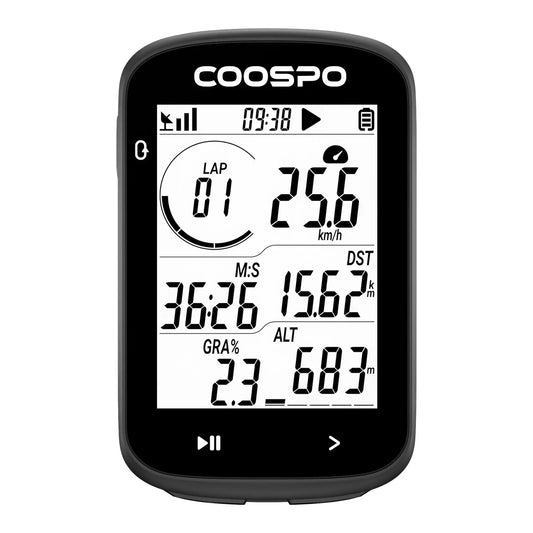
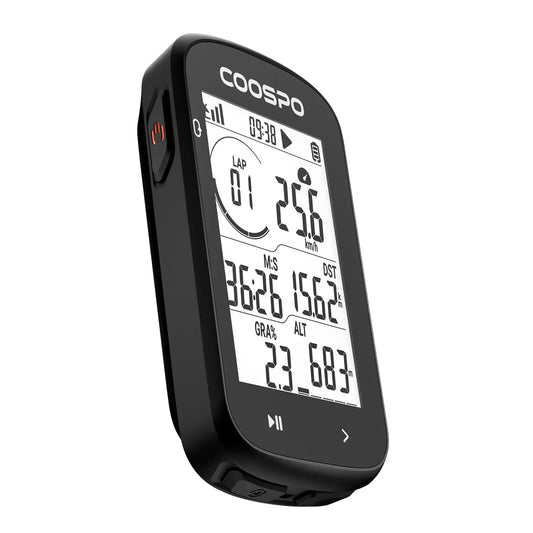
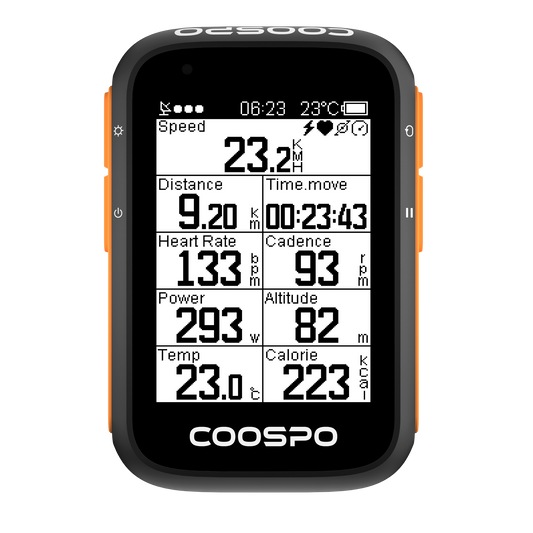
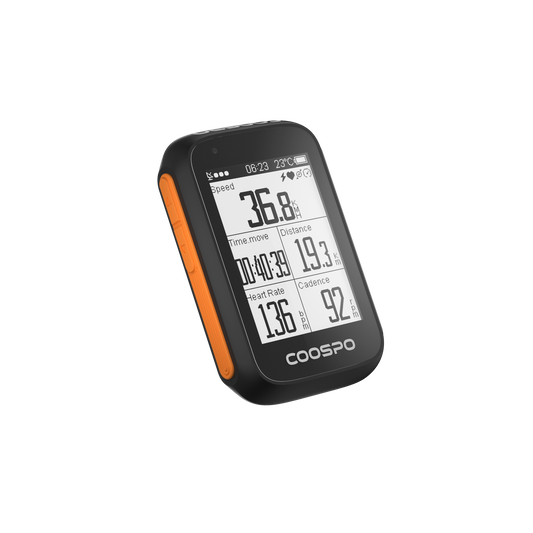
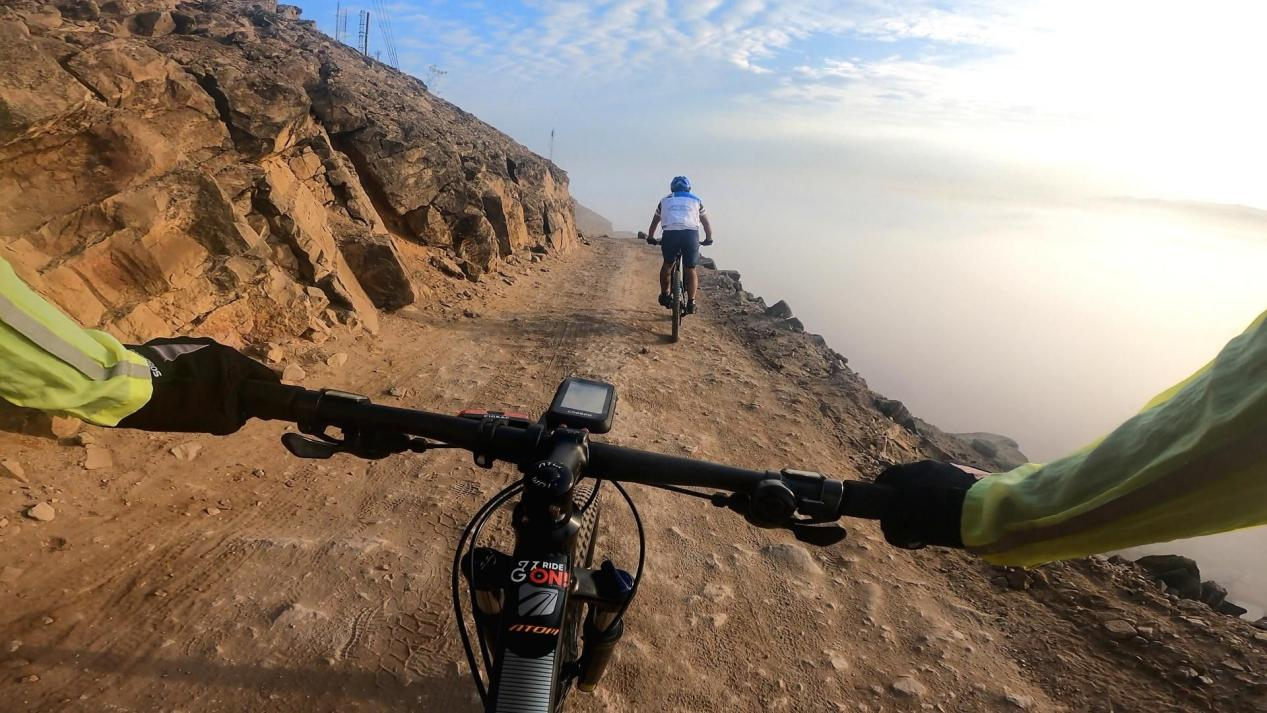
1 comment